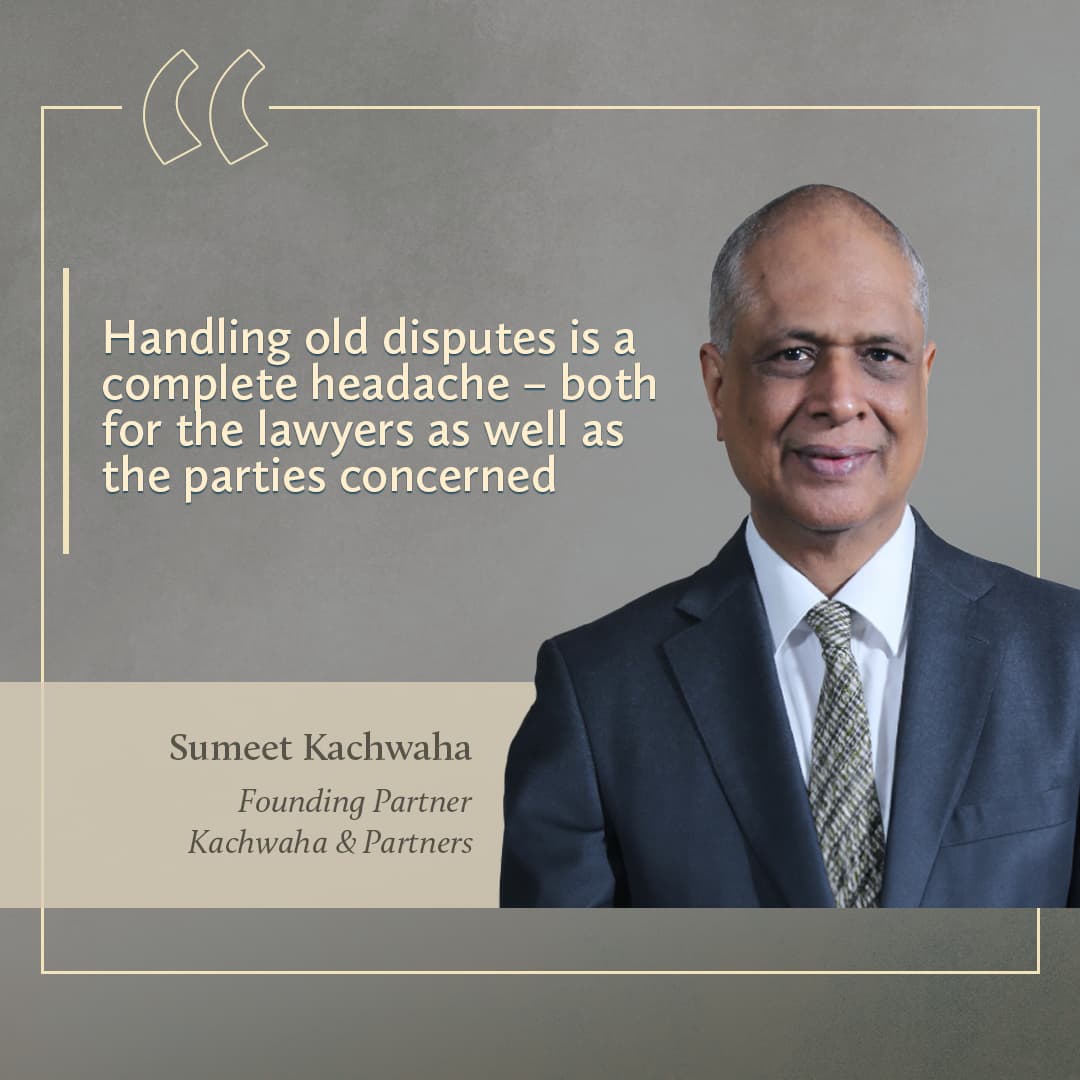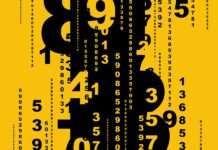With more than 50 million cases pending at courts across the country, India holds the dubious distinction of one of the largest backlogs of cases in the world, with decades-old commercial disputes burdening litigants, the judiciary and the country. Legal experts talk with Chandu Gopalakrishnan about how these cases can be dealt with
In January this year, the Calcutta High Court disposed the country’s oldest pending case, which was filed 72 years ago. The litigation involved the erstwhile Berhampur Bank, which challenged the high court’s decision to liquidate the bank in January 1951. A pivotal moment that led to the case’s closure came in September last year when a hearing contesting the bank’s closure was scheduled ‒but no one showed up.
The case is emblematic of the inordinate delays litigating parties have to deal with on account of an overburdened judicial system. According to the National Judicial Data Grid of India, as of 19 October 2023 there were more than 3 million pending court cases in India that were 10 to 20 years old, and more than 500,000 pending cases older than 20 years.
When decades-old cases come up for hearing, they come with a bevy of practical difficulties, making resolution even more difficult.
A staggering backlog
The mountain of pending cases in Indian courts, encompassing both civil and criminal disputes, stands as a colossal impediment to the timely resolution of legal conflicts, casting a long shadow over the country’s legal landscape.
This accumulation, predominantly clustered in district courts – and comprising more than 85% of the burden – underscores the magnitude of the crisis at the grass roots level, exacerbating the plight of litigants seeking resolution.
Adding to the complexity, the government itself stands as a major litigant, backing nearly half of the pending cases, lawyers tell India Business Law Journal. Among these, land and property disputes constitute a significant chunk, representing 66% of all civil cases, and with a quarter of those reaching the apex court, underscoring the gravity of unresolved property conflicts across the nation.
Boasting the distinction of having one of the world’s largest backlog, as per figures given by Law Minister Arjun Ram Meghwal to the parliament in December 2023, India grapples with the far-reaching ramifications due to the delays. The World Justice Project’s Rule of Law Index 2023, in a stark reflection of the nation’s legal landscape, ranks India low in both civil and criminal justice – a reminder of the profound repercussions of these unresolved cases on the populace.
Zulfiquar Memon, managing partner at MZM Legal in Mumbai, lists several practical difficulties in dealing with a dispute coming up for hearing more than a decade after the suit was first filed.
“Unfortunately, our system is designed in such a way that there is no filter on the quality or merit of the applications which get filed daily. So, new filings are an ongoing process and the proportionate disposal is minimal,” he says.
Sumeet Kachwaha, founding partner of Kachwaha & Partners in New Delhi, does not mince words about dealing with decade-long litigations. “Handling old disputes is a complete headache – both for the lawyers as well as the parties concerned,” he says.
Memon agrees and adds: “[Dealing with old disputes] is indeed very frustrating, demotivating and, to be brutally honest, loss making. We lawyers live in a fast-paced world where there are developments on a daily basis. There are new judgments, technical advancements, global developments in which every young lawyer wants to be a part. In all of this, when a decade-old case is handed over to a lawyer, there is never going to be the same zeal of performance as there is for a new case.”
According to Kachwaha, the problems from the lawyer’s point of view include:
- Incomplete records. The record may be incomplete, or even misplaced, and the entire set of court documents on the case would need to be inspected to complete the record. Old matters may not have complete electronic backup at the court or the lawyer’s office.
- Changing attorneys. Lawyers handling the file may have moved on or changed firms, and are no longer available. Absence of continuing contact with the client over the years can result in lack of instructions, including decisions that need to be taken quickly such as engaging senior counsel or advance fee deposit.
From the client’s point of view, the challenges include:
- New staff. Their personnel may have moved on and the replacement may not be up to speed or able to give prompt instructions. In the case of individuals, if any party has died, his or her legal representatives would need to be brought on record.
- Insufficient reaction time. There can be little time for the client to react. It may be unclear when the matter would reach the hearing stage as the roster keeps changing.
Contributing factors
Detailed feedback obtained from leading lawyers in the country shows that the origins of this backlog lie in systemic inadequacies across multiple dimensions. A glaring shortage of judges per people in the population – the figure stands at 21.03 per million people, significantly below the recommended 50 – continues to impede the judicial machinery. Further compounding this challenge are the persistent vacancies in courts, leading to benches operating at a meagre 14.4 judges per million.
The contrast between the high volume of cases and the number of judges is a significant cause of delayed decisions, explains Shivank Diddi, a principal associate at Khaitan & Co in New Delhi. He adds that the average caseload per judge in the trial or lower court is about 2,000. The judges are required to conduct trials, examine and analyse the issues, and then render a reasoned decision on the merits of the dispute.
In many cases, a trial would involve examination of a large number of witnesses who may not be available to testify in each hearing, resulting in the matter being adjourned to a later date. In some cases, the litigants would create procedural hurdles by filing various applications before or during trial, delaying the proceedings and the ultimate decisions, explains Diddi’s colleague, Ajay Bhargava, a partner at the firm in New Delhi.
There is an urgent need for more judges and multiple alternative dispute resolution (ADR) platforms for quick redressal of pending disputes, says Memon, of MZM Legal.
“Formation of Lok Adalats [people’s courts] and the enactment of the Mediation Act along with the Mediation Council is a first positive step towards building an infrastructure towards ADR, which can lead to reducing the burden on the courts,” he says.
However, the root of the issue extends beyond mere vacancies. The convoluted appointment process – from collegium recommendations to governmental approvals – creates prolonged voids within the judicial system, hindering its efficacy. This bureaucratic entanglement plagues the lower judiciary, failing to attract and retain competent judges and further straining its functionality.
Compounding the crisis is the financial strain faced by the judiciary. Meagre allocations – 0.08% of India’s GDP according to 2022-23 budget figures – strain the infrastructure development essential for a streamlined judicial process. The dearth of courtrooms and residential units for judicial officers, as well as the inadequate digital infrastructure, hampers the lower courts’ efficiency and increases the burden on the system.
The backlog is also compounded by the abuse of legal procedures, several lawyers point out. Archaic codes – for example, the Code of Criminal Procedure and the Code of Civil Procedure – despite past amendments, remain susceptible to misuse, allowing adjournments, non-compliance and unregulated arguments that prolong proceedings.
Then there are delays caused by the litigants. In most cases, the options of settlement and ADR are not exercised by litigants, which again leads to excessive burden on the judicial system, says Diddi.
Memon agrees, and says: “A responsible lawyer must work towards resolving old, contiguous family disputes in his conference room, rather than contesting them in the courtrooms.”
Bhargava adds: “The proliferation of laws and increase in population have resulted in an enormous increase in the number of litigations. There has been inadequate – and in some cases, total absence of – assessment of judicial impact, that is, impact of new legislation on increasing the caseload on the judiciary.”
You must be a
subscribersubscribersubscribersubscriber
to read this content, please
subscribesubscribesubscribesubscribe
today.
For group subscribers, please click here to access.
Interested in group subscription? Please contact us.































